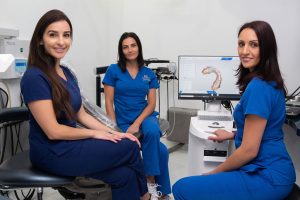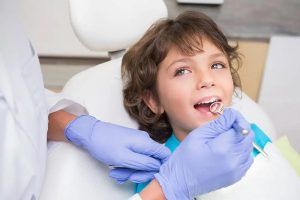How Automatic Defibrillators Work: A Comprehensive Guide
3 min read
Automatic Defibrillator
Automatic external defibrillators (AEDs) are portable devices designed to deliver a therapeutic shock to the heart in cases of sudden cardiac arrest (SCA). Unlike manual defibrillators, AEDs are user-friendly and can be operated by individuals with minimal training. They are equipped with sensors that analyze the heart’s rhythm and deliver a shock if necessary to restore a normal heartbeat.
The Components of an Automatic Defibrillator
A typical AED consists of several key components:
1. Electrode Pads: These adhesive pads are placed on the patient’s chest and are used to deliver the electric shock to the heart. They contain sensors that detect the heart’s rhythm and determine whether a shock is needed.
2. Control Panel: The control panel houses the device’s controls and display screen. It provides instructions to the user on how to operate the AED and guides them through the rescue process.
3. Battery: AEDs are powered by batteries, typically lithium batteries, which provide the necessary energy to deliver a shock. It’s essential to regularly check the battery status and replace it when needed to ensure the AED is always ready for use.
4. Circuitry and Software: The internal circuitry and software of the AED are responsible for analyzing the heart’s rhythm, determining if a shock is required, and delivering the appropriate level of energy.
The Functioning of Automatic Defibrillators During an Emergency
When someone experiences sudden cardiac arrest, every second counts. Here’s how an AED is used in an emergency situation:
1. Assessment: The first step is to assess the situation and ensure the safety of the rescuer and bystanders. Once it’s safe to do so, the rescuer turns on the AED and follows the device’s prompts.
2. Applying Electrode Pads: The rescuer exposes the patient’s chest and applies the electrode pads as instructed by the AED. The pads must be placed correctly to ensure proper delivery of the electric shock.
3. Analysis: The AED’s sensors analyze the patient’s heart rhythm to determine whether a shock is necessary. If the device detects a shockable rhythm, it will prompt the rescuer to stand clear and deliver the shock.
4. Shock Delivery: Once the rescuer confirms that it’s safe to do so, the automatic defibrillator delivers a controlled electric shock to the heart through the electrode pads. This shock is intended to restore a normal heart rhythm.
5. CPR and Continued Care: In addition to delivering a shock, the AED may also prompt the rescuer to perform cardiopulmonary resuscitation (CPR). CPR helps circulate oxygenated blood to vital organs until emergency medical services arrive.

Training and Maintenance of Automatic Defibrillators
While AEDs are designed to be user-friendly, proper training is essential to ensure effective use during an emergency. Many organizations offer AED training courses that cover how to operate the device, perform CPR, and respond to cardiac emergencies.
In addition to training, regular maintenance of AEDs is crucial to their reliability. This includes:
– Checking the Battery: Ensure the battery is fully charged and replace it according to the manufacturer’s recommendations.
– Inspecting Electrode Pads: Check the expiration date of the electrode pads and replace them if they are expired or damaged.
– Testing the Device: Perform regular self-tests on the AED to ensure all components are functioning correctly.
By investing in training and maintenance, organizations can increase the likelihood of successful outcomes in cardiac emergency situations.
The Importance of AEDs in Saving Lives
Automatic defibrillators play a critical role in saving lives during sudden cardiac arrest emergencies. Studies have shown that early defibrillation within the first few minutes of cardiac arrest can significantly improve survival rates. By making AEDs readily available in public places, workplaces, and homes, communities can increase access to life-saving interventions and empower individuals to respond effectively to cardiac emergencies.
Conclusion
Automatic defibrillators are sophisticated yet user-friendly devices designed to deliver prompt treatment to individuals experiencing sudden cardiac arrest. Understanding how AEDs work and ensuring proper training and maintenance are essential steps in improving survival rates and saving lives in cardiac emergency situations.



